The little wooden cottage in Cornwall, England, fully deserves its name. The Edge, as it's called, sits on a rocky shore with a great view of the Atlantic Ocean. It's basically like a nest built into the high bank, with panoramic ocean views.
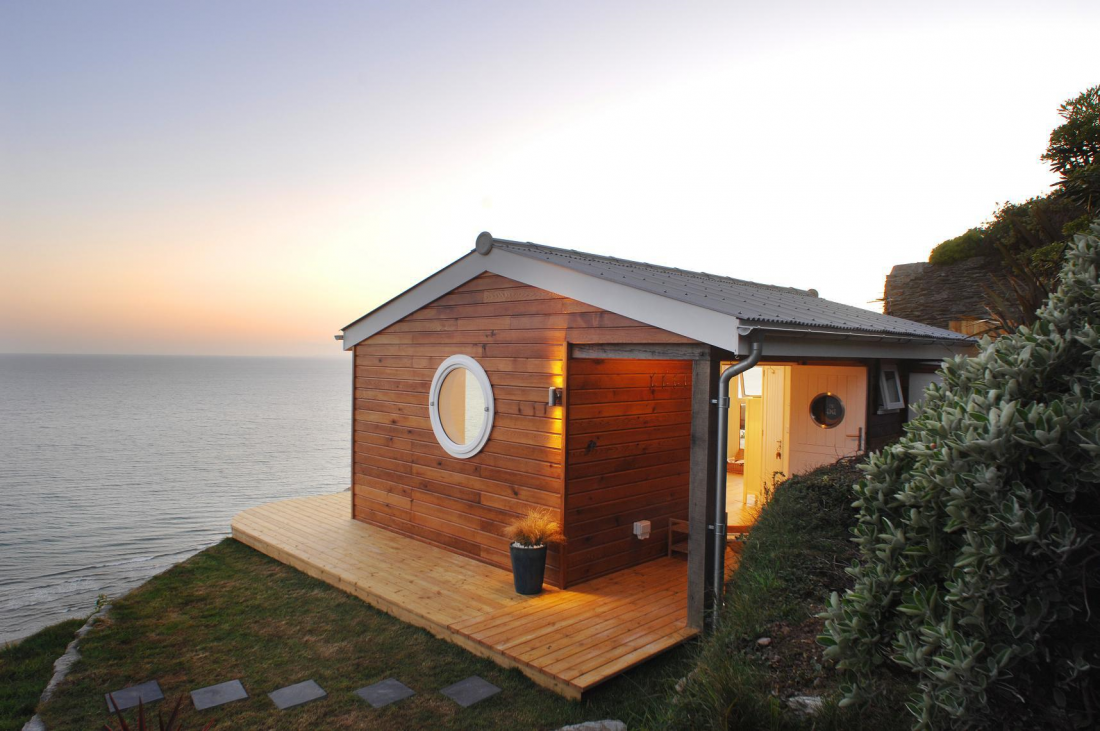
A little gem in Cornwall
Cornwall's rocky shores have always been populated with small huts with roofs with straight slopes. The Edge is an upgraded version of these huts, with modern finishes and high-tech appliances. The cottage has in just 30 m² living room with kitchen, bedroom and bathroom.
The entrance to the cottage is through a small veranda from where you enter the bedroom, bathroom and living room. Practically every room occupies a corner of the house. The feeling of space is given by the living room's glazed walls, which open out onto the terraces that surround the house on three sides.
The cottage is finished in light colours precisely to enhance the space. The floor is made of wood finished in honey colour and the walls and ceiling are white. From place to place are shades of blue and blue that personalize the place.
In addition to the glass doors in the living room, there are small porthole windows in the bedroom and living room that give a very nautical cottage. There is also a large glass door in the bedroom, where the ocean can be admired directly from the bed.
The kitchen is equipped with everything you need despite the small space. The furniture in the kitchen is white painted wood as is the ceiling.
The house is clad in chestnut-stained pine planks. The terraces are also made of pine wood in teak colour. Both blend perfectly with the white of the doors and portholes.
The terraces, without being very generous, offer space with ocean views on three sides of the house. On the terrace, there is a dining table with seating for four and two other tables for two where you can enjoy the ocean at your leisure.
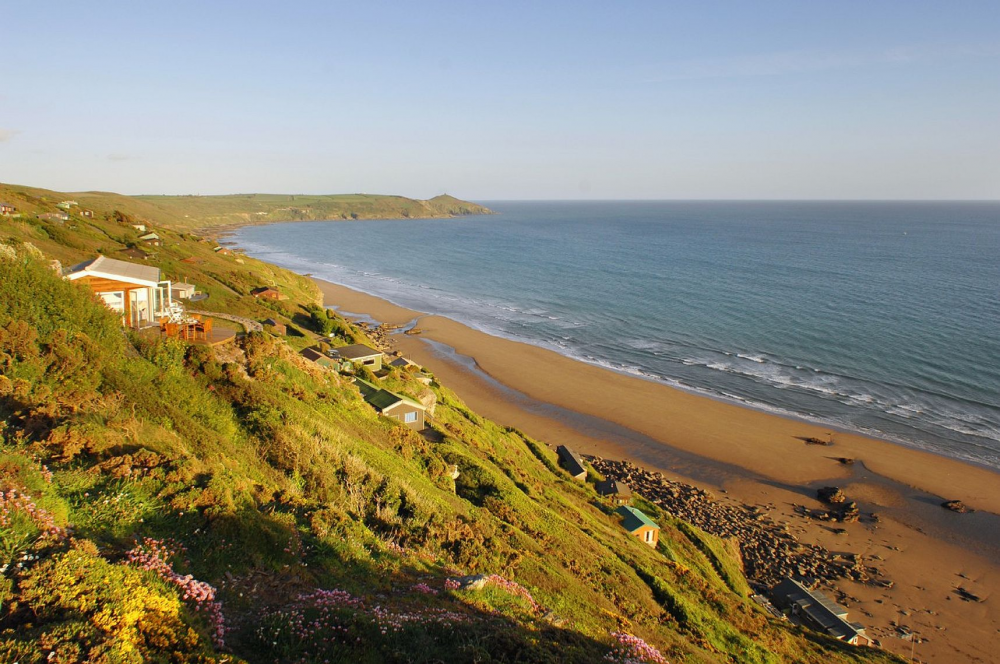
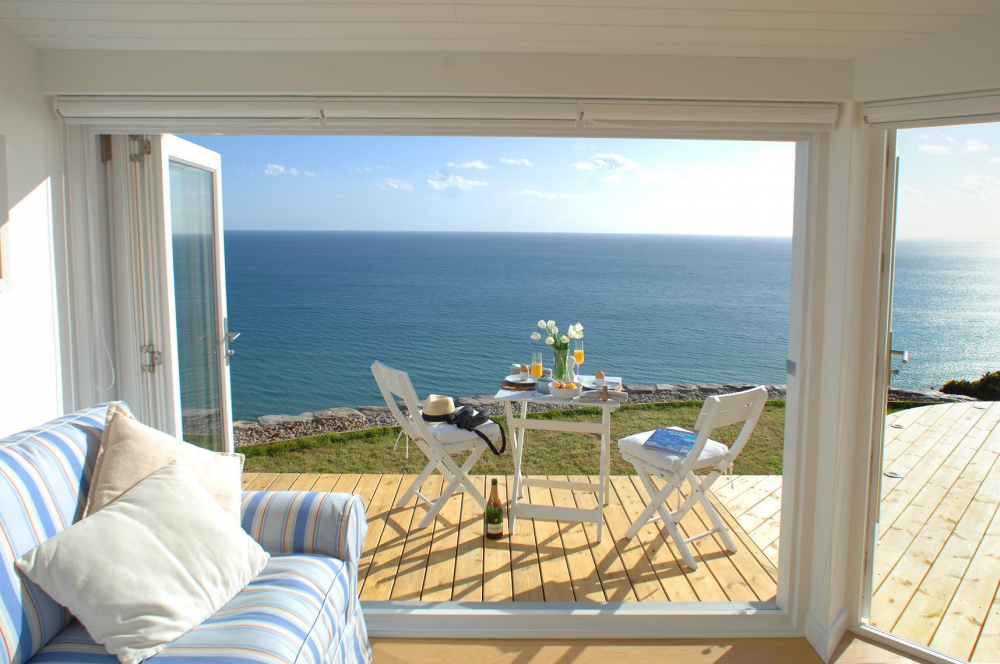
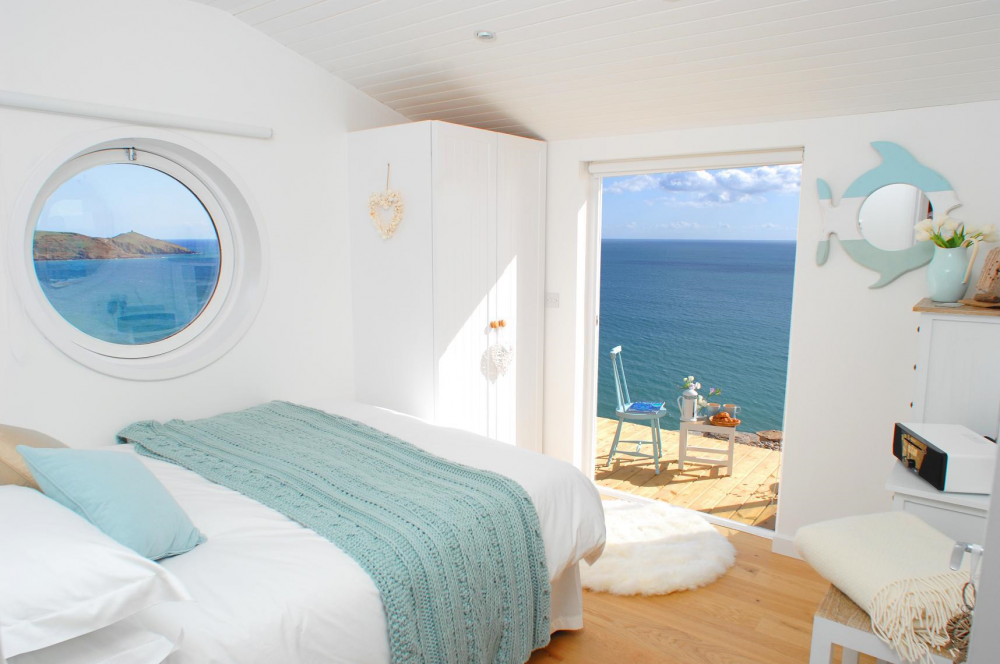
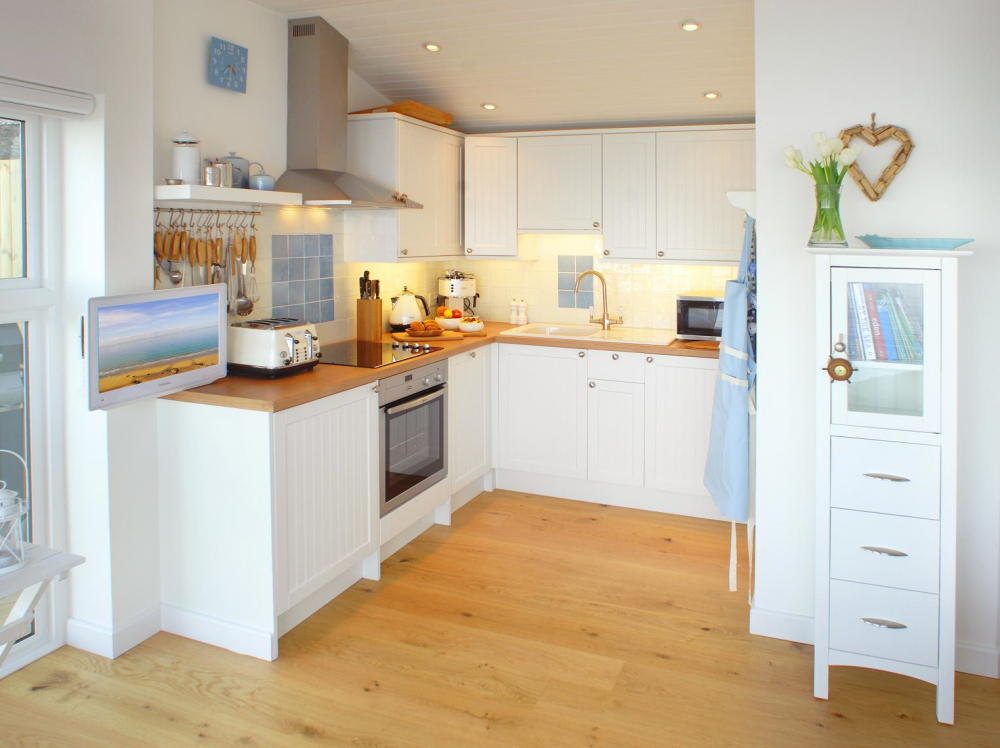
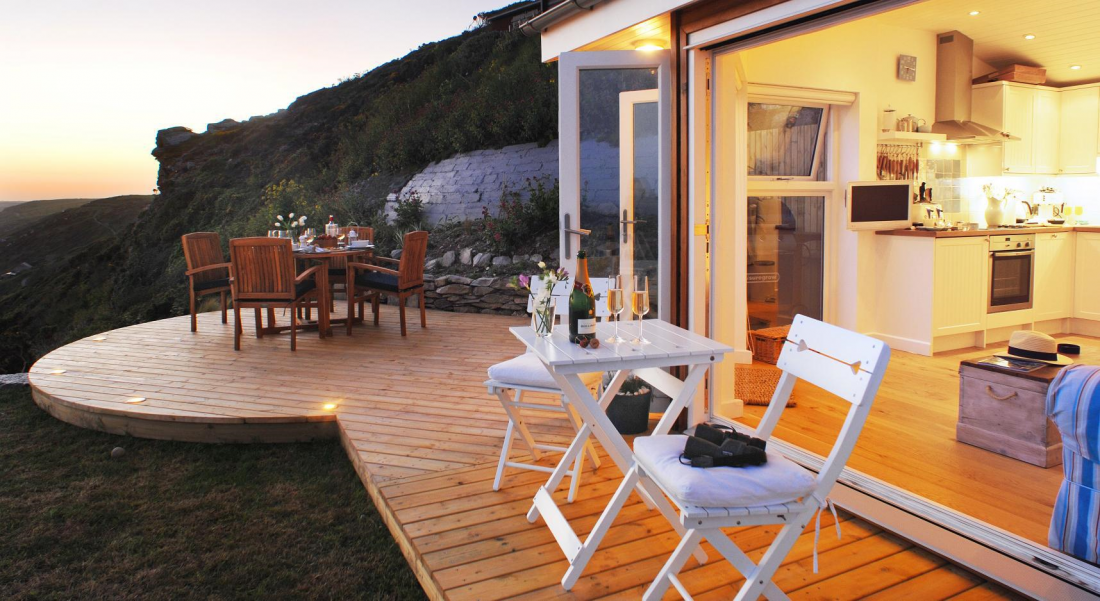
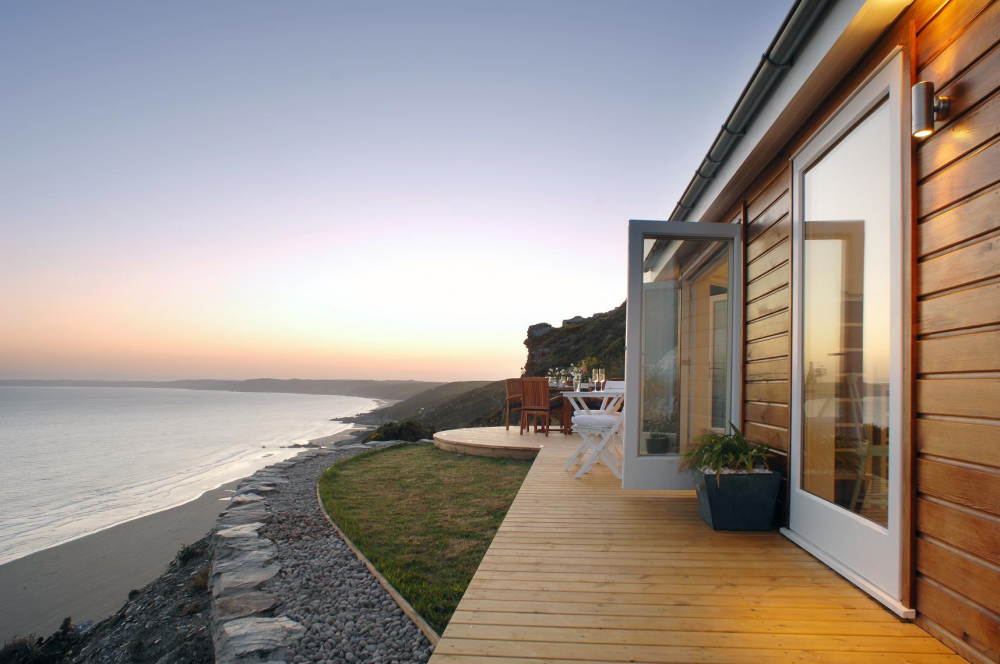
You have to admit that the little wooden cottage on the rocky coast of Cornwall is a real gem.
(source: smallhousebliss.com)

















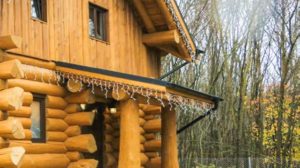

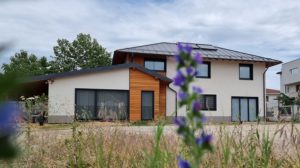
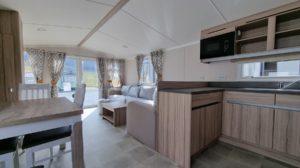


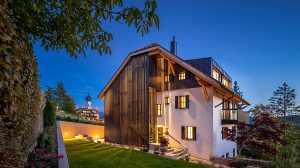
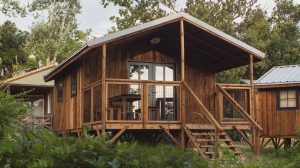


STIMATA Ms Ing,
How to obtain the colour "honey" on fir wood, but on oak wood.
I didn't make it.
Hello,
Honey is a difficult colour to obtain because it is open. On the fir tree you should use a uniformed dip or solutions so that the dip stays as much on the surface as possible. Otherwise the absorption into the wood spoils the effect. You can apply the honey-based wood filler over a thin layer of primer first applied to the wood or you can add (if compatible) 10-20% primer to the filler.
In oak the problem is the grey colour of the oak, which alters the honey colour. The wood should be bleached first, then the stain should be applied. You have here some bleaching variants. They are valid even if it is not a refinishing.
I hope you found it useful.
All the best!